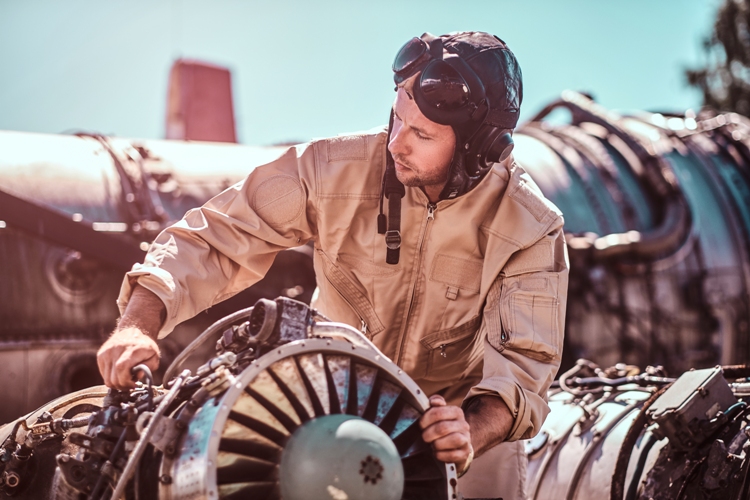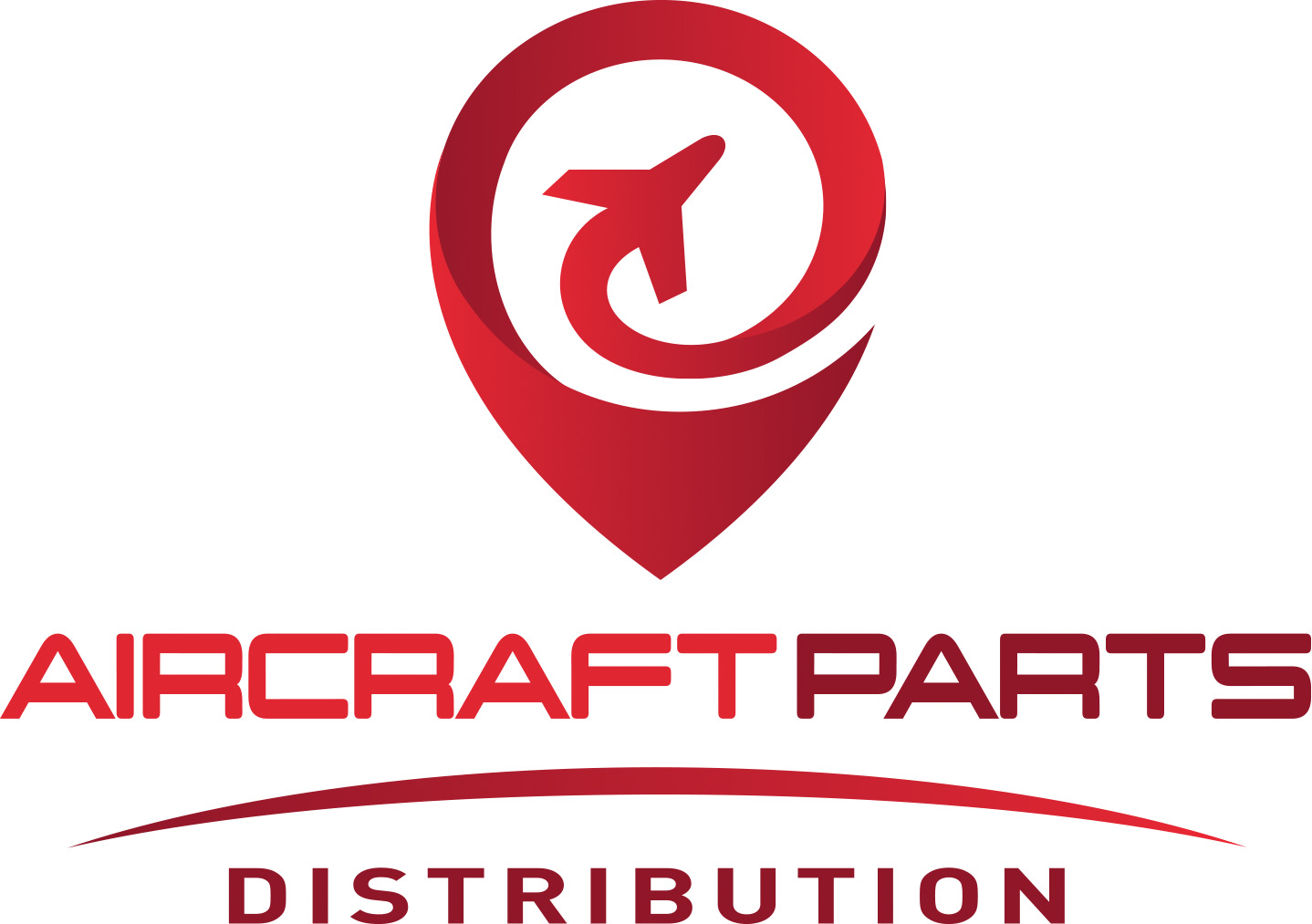

Aircraft maintenance ensures an aircraft is safe and reliable through regular inspections, repairs, and replacements of its components, systems, and structures. It is a critical aspect of aviation safety, as even minor malfunctions or defects can have severe consequences in the air. It is always advisable to only look for reputed aircraft parts dealers. Aircraft maintenance is governed by strict regulations and standards set by the national and international aviation authorities. It requires skilled technicians to perform the necessary tasks.
Aircraft have pushed the limits of science and technology over the centuries. From its conception in the 1880s to its first stable flight in 1903, aircraft have since adapted to countless alterations. The simpler propeller engines became the jet engines. The planes that earlier used to carry one to two persons now carry about hundreds of passengers.
But does this mean that the different parts of airplanes have changed over the centuries? Well, the answer is definitely yes! What used to be vessels having not more than hundreds of features have developed into full-blown technological wonders. So, you might also ask, “How many parts are in an aircraft”?
For today’s commercial aircrafts, the answer is millions. Yes, you have read that correctly. It takes millions of small and big components to assemble a fully functioning commercial plane. The aircraft is painstakingly assembled through diverse levels like wire and cable shop, paneling, wing assembly, body join, and paint.
However, it is possible to categorize the parts into five major areas. These are the fuselage, wings, stabilizer, engine, and landing gear. These different parts are still made up of thousands of tinier components.
The main objective of aircraft maintenance is to keep aircraft in airworthy condition, meaning that they are safe to fly and meet the required performance standards set by aviation authorities. This involves regular checks of various components, such as engines, hydraulic and electrical systems, avionics, airframe, and landing gear, to ensure that they are functioning correctly and free from defects or damages.
Aircraft maintenance is usually divided into two main categories: scheduled and unscheduled maintenance.
Aircraft maintenance is a highly regulated and structured process governed by national and international aviation authorities, such as the Federal Aviation Administration (FAA) in the United States and the European Aviation Safety Agency (EASA). These organizations set the standards and regulations for aircraft maintenance, requiring that qualified and certified technicians and mechanics carry out all maintenance work.
An aircraft mechanic plays a vital role in ensuring the plane meets the high safety requirements. The function can vary depending on the plane type and the airline the mechanic works for. However, the following is an example of some of the tasks an aircraft mechanic from an aircraft parts dealer carries out:
The tasks of an aircraft mechanic vary depending on the specific job and type of aircraft they work on but generally include the following:
Aircraft mechanics inspect all parts of an aircraft before and after each flight. They examine the engines, landing gear, wings, control surfaces, electrical systems, and other components for any signs of damage, wear, or corrosion.
When a problem is identified, aircraft mechanics use diagnostic equipment to determine the cause of the issue. They may use electronic test equipment, gauges, and other tools to identify mechanical, electrical, or hydraulic issues.
Aircraft mechanics are responsible for repairing or replacing damaged or worn parts. This may include engine components, landing gear, brakes, fuel, and electrical systems.
After repairs, aircraft mechanics test the systems to ensure they function correctly. This may involve conducting ground tests, taxi tests, or flight tests.
Aircraft mechanics perform routine maintenance tasks, such as changing oil, lubricating moving parts, and inspecting safety equipment. They also keep detailed records of maintenance and repair work.
Aircraft mechanics must follow strict safety protocols and regulations set by aviation authorities. They use safety equipment and techniques to prevent accidents and minimize risks.
Aircrafts Parts is your one-stop solution for buying all kinds of aircraft parts. We provide not only professional services for aircraft parts welding but also offer high-quality aircraft parts.
1618 N Ohio Street
Augusta, KS. 67010
2024 © Aircraft Parts. All Rights Reserved.
Designed By Digital SFTware
